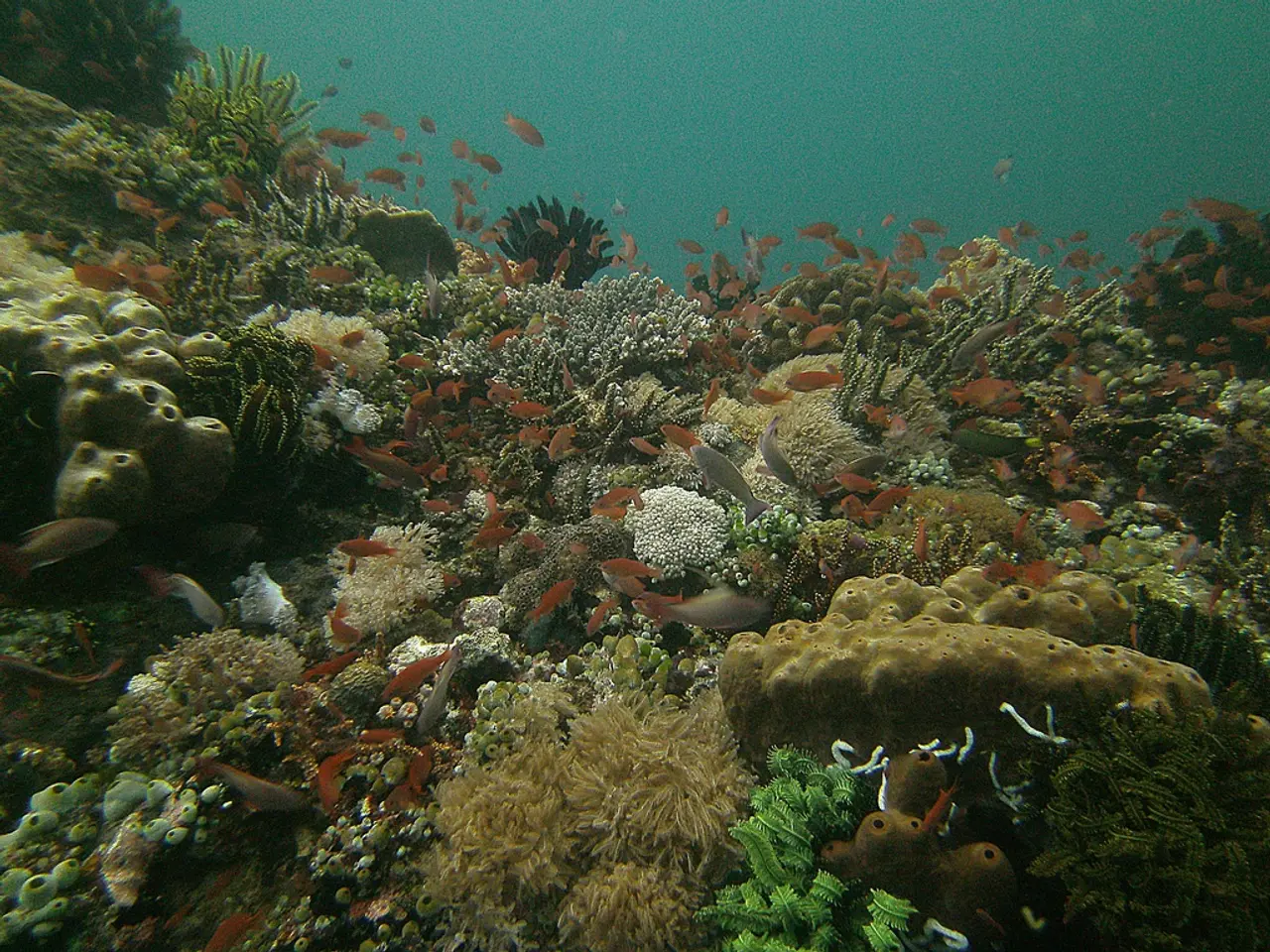Exploring Cocos Island Underwater
Exploring the Pelagic Paradises of Cocos Island and Malpelo Island
For advanced scuba divers seeking extraordinary marine life encounters, Cocos Island and Malpelo Island offer unparalleled underwater experiences. These remote destinations, located in the Pacific Ocean, are renowned for their clear waters, strong currents, and abundant biodiversity.
Cocos Island
Known for its hammerhead shark aggregations, Cocos Island is a must-visit destination for divers between June and November. Famous dive sites such as Manuelita, Alcyone, and Dirty Rock offer opportunities to witness large schools of hammerhead sharks, manta rays, and various reef fishes. Drift diving is common due to the strong currents that characterise the island.
During dives, divers often descend to depths of 100ft, searching for cleaning stations for hammerhead sharks. Enormous schools of bigeyed jacks, barracuda, snappers, and grunts are common at Cocos Island, while marbled rays are frequently seen in groups of 5-20 at 100ft depth. Divers can also expect to encounter dozens of white-tip sharks at all depths.
Photography enthusiasts should bring a wide-angle lens, such as a 12-24mm zoom, to capture large schools and pelagics. A fisheye lens like a tokina 10-17mm can also yield impressive results for jack, barracuda, and silky sharks. When using strobes, divers should be careful to avoid backscatter and blowing out the highlights of the shark's ventral side.
Malpelo Island
Year-round diving is possible at Malpelo Island, but the best conditions are found from June through November. During this time, divers can encounter large groups of eagle rays, hammerhead sharks, and silky sharks. The island's common dive sites, such as Big Wall and the Cathedral, are famous for their strong currents that attract large predators.
Photographers should be prepared for quick shots with fast shutter speeds due to the fast-swimming species like eagle rays. Focusing on mid-water action and using contrasting lighting to highlight ray patterns and shark silhouettes is recommended. Large green moray eels out in the open, up to 6ft long, are common at Malpelo Island.
Both islands require advanced dive skills due to strong currents and deep walls. Divers should also be self-sufficient, bringing all necessary chargers, backups, and equipment. For photography, wide-angle and fast autofocus cameras with strobes are recommended to capture large groups of pelagic animals in sometimes low light and swift conditions.
In summary, Cocos Island and Malpelo Island offer unique underwater experiences for advanced divers and photographers. These islands are among the world's premier remote pelagic diving destinations, offering unparalleled opportunities for encounters with hammerhead sharks, eagle rays, and whale sharks, among other impressive marine life.
- The clear waters of Cocos Island, known for its hammerhead shark aggregations, provide dynamic underwater photography opportunities for advanced divers.
- Drift diving is common at Cocos Island due to its strong currents, offering opportunities to encounter large schools of hammerhead sharks and manta rays.
- To capture these pelagic encounters at Cocos Island, photographers should bring a wide-angle lens, such as a 12-24mm zoom, or a fisheye lens like a tokina 10-17mm.
- Divers should be cautious when using strobes at Cocos Island to avoid backscatter and blowing out the highlights of the shark's ventral side.
- Malpelo Island, with eagle rays, hammerhead sharks, and silky sharks, offers opportunities for year-round diving, but the best conditions are found from June through November.
- Photographers should be prepared for quick shots with fast shutter speeds at Malpelo Island due to the fast-swimming species like eagle rays.
- Both islands require advanced dive skills due to strong currents and deep walls, and divers should be self-sufficient, bringing all necessary chargers, backups, and equipment.
- For photography, wide-angle and fast autofocus cameras with strobes are recommended to capture large groups of pelagic animals in sometimes low light and swift conditions.
- Encounters with hammerhead sharks, eagle rays, and whale sharks, among other impressive marine life, make Cocos Island and Malpelo Island among the world's premier remote pelagic diving destinations.
- In addition to sharks and rays, divers at Cocos Island can also expect to encounter enormous schools of bigeyed jacks, barracuda, snappers, and grunts, while marbled rays are frequently seen in groups of 5-20 at 100ft depth.







